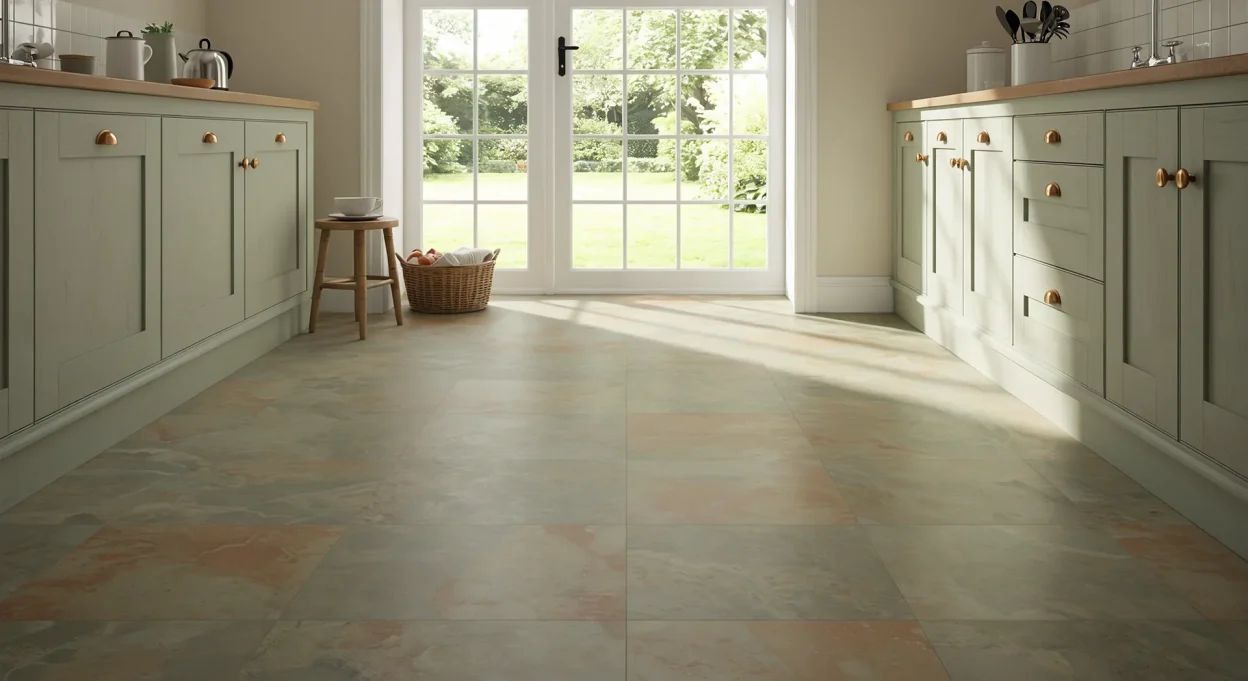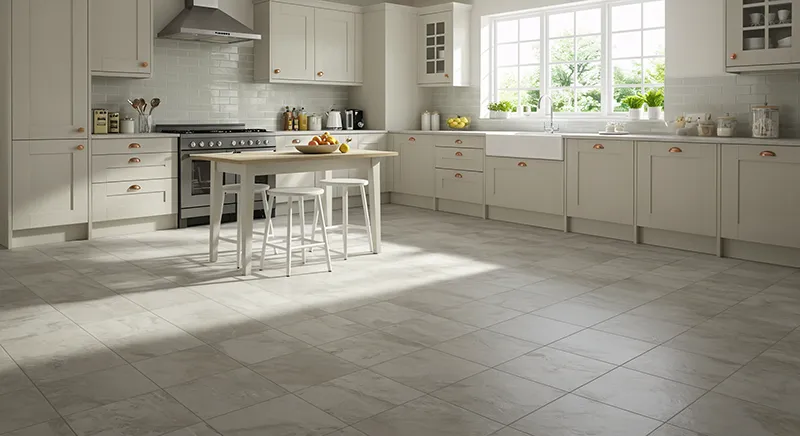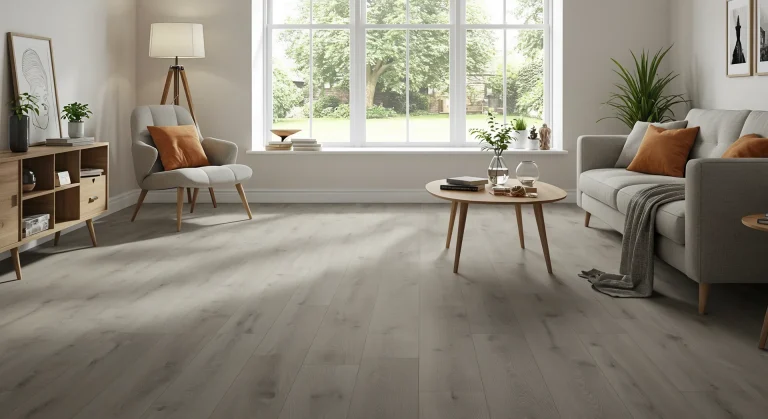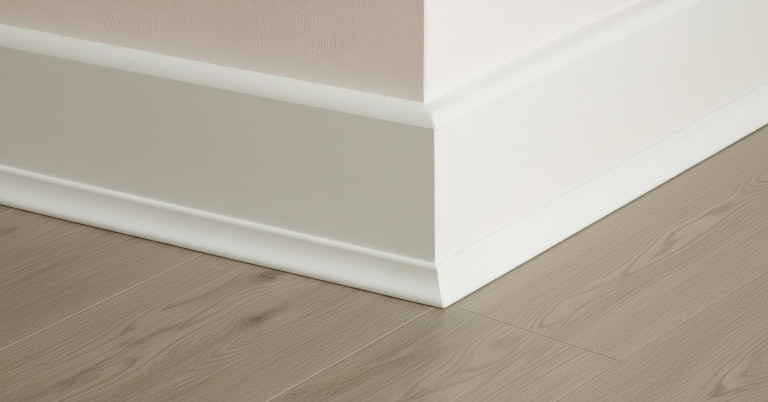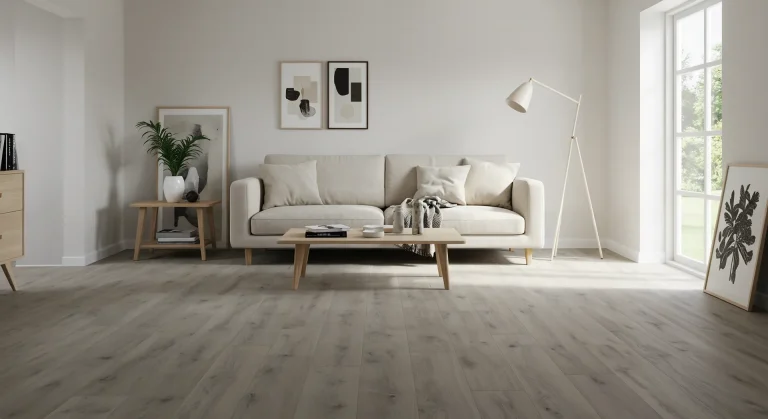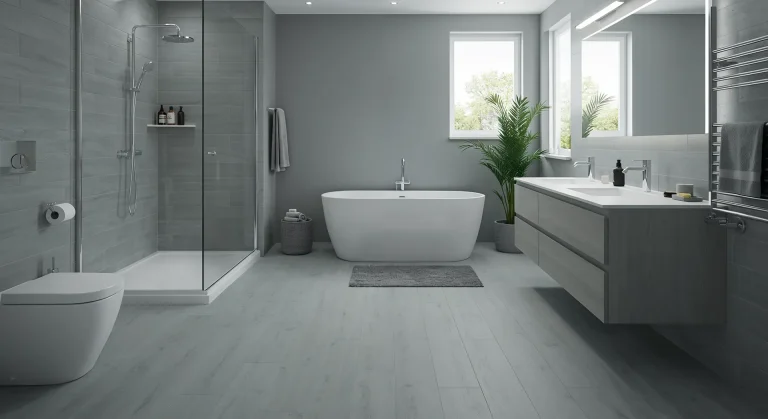The term “lino” is a familiar one in many UK households, often conjuring images of practical, patterned floors from decades past. However, what many people call lino today is frequently modern vinyl. True linoleum flooring is a distinct, natural material with a rich history and a surprising array of contemporary benefits, including impressive eco-credentials, making it a strong contender for homes in 2025. If you’re intrigued by this classic yet resurging flooring option, you might be asking, “what is lino flooring really, and is it right for my home?”
This ultimate UK guide will demystify genuine linoleum flooring. We’ll delve into its natural composition, explore its journey from Victorian invention to modern sustainable hero, compare it to the ubiquitous vinyl, and examine its unique characteristics, benefits, styles, installation considerations, maintenance needs, and typical costs. Get ready to rediscover lino!
Jump to Section:
- Lino Explained: Uncovering the Truth About Linoleum Flooring
- A Rich History: The Story of Lino in UK Homes
- The Natural Appeal: Why Choose Genuine Lino Flooring in 2025?
- Weighing Your Options: Pros and Cons of Linoleum Flooring
- Lino vs. Vinyl Flooring: Clearing Up the Common UK Confusion
- Designing with Lino: Colours, Patterns, and Room Suitability
- Installing Linoleum: What UK Homeowners Need to Know
- Lasting Beauty: Essential Care & Maintenance for Your Lino Floor
- Understanding Lino Flooring Costs in the UK (2025)
- Is Lino the Right Eco-Chic Choice for Your Home?
Lino Explained: Uncovering the Truth About Linoleum Flooring
Genuine linoleum flooring, often referred to by its full name or brand names like Marmoleum (from Forbo, a leading global manufacturer with historic UK roots), is a resilient flooring material made almost entirely from natural, renewable raw materials. Its composition is a testament to sustainable design:
- Linseed Oil: Extracted from flax seeds, this is the primary binder and gives linoleum its name (from the Latin linum for flax/linen and oleum for oil).
- Pine Rosin: A natural resin from pine trees, aiding flexibility and binding.
- Wood Flour: Finely pulverised wood (often from sustainably managed forests) adds bulk and stability.
- Cork Dust: Provides resilience, bounce, and contributes to its comfortable feel underfoot.
- Ground Limestone: Acts as a filler and adds strength.
- Natural Pigments: Used to create the wide array of rich, vibrant colours lino is known for.
- Jute or Canvas Backing: The natural materials are pressed onto a woven jute or canvas backing to form the final sheet or tile.
This natural composition means linoleum is biodegradable and does not emit harmful VOCs (Volatile Organic Compounds) like some synthetic flooring, contributing to healthier indoor air quality.
A Rich History: The Story of Lino in UK Homes
The story of lino is deeply intertwined with British innovation. It was invented by Englishman Frederick Walton in the mid-1860s. He patented his process of oxidising linseed oil to create a flexible, waterproof sheet material that could be used as a floor covering. Linoleum quickly gained popularity in the late Victorian and Edwardian eras, becoming a staple in UK kitchens, hallways, bathrooms, and public buildings due to its durability, hygiene, and vibrant patterns. Kirkcaldy in Scotland became a world centre for linoleum production.
While its popularity waned mid-20th century with the rise of cheaper PVC-based vinyl flooring, linoleum flooring has experienced a significant resurgence in recent years. This revival is largely driven by a growing desire for sustainable, eco-friendly building materials and an appreciation for its unique aesthetic and long-lasting performance.
The Natural Appeal: Why Choose Genuine Lino Flooring in 2025?
In an increasingly eco-conscious UK market, the benefits of true linoleum flooring are more relevant than ever:
- Eco-Friendly & Sustainable: Made predominantly from renewable natural resources, it’s biodegradable and has a low carbon footprint. Brands like Forbo highlight their Marmoleum as a CO2-neutral (cradle-to-gate) product without offsetting.
- Durability & Longevity: Linoleum is incredibly hard-wearing and can last for 25 to 40 years, or even longer, with proper care. The colour and pattern go all the way through the material (it’s not just a printed surface layer), so wear is less noticeable than on some other flooring types. It actually hardens over time due to the ongoing oxidation of linseed oil.
- Naturally Anti-Bacterial & Anti-Static: The continuous oxidisation of linseed oil gives linoleum natural bacteriostatic properties, inhibiting the growth of bacteria like MRSA. It’s also naturally anti-static, meaning dust and dirt don’t cling to it as easily, making it a good choice for allergy sufferers and hygienic environments.
- Comfort & Resilience: It has a natural “give” underfoot, making it more comfortable to stand on for long periods than stone or ceramic tiles. It’s also relatively warm to the touch.
- Vibrant Colours & Design Potential: Available in a huge spectrum of rich, deep colours and classic marbled, speckled, or plain designs. Skilled fitters can also create intricate inlays and borders with sheet lino.
- Good for Underfloor Heating (UFH): Generally compatible with UFH systems (always check manufacturer specifications).
Weighing Your Options: Pros and Cons of Linoleum Flooring
Pros:
- Highly sustainable and eco-friendly (natural, renewable, biodegradable).
- Extremely durable and long-lasting (25-40+ years).
- Naturally anti-bacterial and anti-static.
- Comfortable and relatively warm underfoot.
- Rich, through-body colours and patterns.
- Easy to clean with appropriate methods.
- Good for UFH.
Cons:
- Initial Moisture Sensitivity: While water-resistant once sealed and fully cured, linoleum can be damaged by prolonged exposure to standing water or installation on a damp subfloor, especially at unsealed edges or poorly installed seams.
- Requires Sealing/Finishing: Typically needs an initial acrylic sealant or polish after installation and periodic re-application (e.g., every 6-12 months for polish, longer for sealers) to maintain its water resistance, lustre, and protect against stains.
- “Linoleum Bloom”: New lino can have a temporary yellowish tinge (especially on lighter colours) due to the linseed oil oxidising. This is normal and disappears with exposure to natural or artificial light over a few weeks or months.
- Professional Installation (Sheet Lino): Sheet linoleum installation, particularly achieving waterproof heat-welded seams, requires specialist skills and tools, adding to the cost. Lino tiles/planks with click systems are more DIY-friendly.
- Cost: Can be more expensive than basic sheet vinyl or some laminates, especially when factoring in professional installation for sheet formats.
- Initial Odour: A faint, natural linseed oil smell is present when new, which most find unobjectionable and dissipates over time.
- Susceptible to Dents/Scratches: Can be dented by heavy, sharp objects or scratched by grit if not protected with furniture pads and doormats.
Lino vs. Vinyl Flooring: Clearing Up the Common UK Confusion
In the UK, “lino” is often used as a generic term for any resilient sheet flooring, frequently meaning PVC-based vinyl. However, true linoleum and vinyl flooring (including LVT/LVP and sheet vinyl) are very different:
| Feature | True Linoleum Flooring | Modern Vinyl Flooring (LVT/LVP/Sheet) |
| Composition | Natural, renewable materials (linseed oil, wood flour, cork, rosin, jute) | Synthetic (PVC – Polyvinyl Chloride, plasticisers, stabilisers) |
| Eco-Friendliness | High. Biodegradable, low VOCs, often carbon-neutral production (e.g., Forbo Marmoleum). | Lower. PVC is petroleum-based, less sustainable production/disposal. Some have recycled content. |
| Water Resistance | Water-resistant when sealed & seams welded. Can be damaged by standing water if not perfect. | Excellent. Most LVT/SPC vinyl is 100% waterproof. Sheet vinyl generally waterproof surface. |
| Appearance | Rich, through-body colour. Classic marbled, speckled, plain designs. Unique matte finish. | High-definition printed decor layer (wood, stone, abstract). Textured surfaces (LVT/LVP). |
| Feel | Slightly resilient, warm underfoot. | Can vary; LVT/LVP often feels warmer/softer than old vinyl. SPC can be quite rigid. |
| Durability | Very high (25-40+ years). Hardens over time. Colour is integral. | Good to very good (LVT can last 15-25+ years). Wear layer protects print. |
| Maintenance | pH-neutral cleaning. Periodic polish/dressing often needed to maintain protection/sheen. | pH-neutral cleaning. Generally no need for polish unless specified. |
| DIY Installation | Sheet lino requires professional fitting. Lino click tiles are DIY-friendly. | Sheet vinyl can be tricky DIY. Click LVT/LVP is very DIY-friendly. |
Understanding this distinction is key when you ask for “lino” in a UK flooring store.
Designing with Lino: Colours, Patterns, and Room Suitability
Genuine linoleum flooring offers a unique aesthetic:
- Colours & Patterns: Known for its rich, deeply saturated colours that go all the way through the material. Classic marbled and speckled effects are timeless, but modern lino like Forbo’s Marmoleum range offers an extensive palette of contemporary solid colours, subtle concretes, and linear designs.
- Room Suitability:
– Kitchens: A traditional choice. Its durability and natural anti-bacterial properties are ideal. Professional installation with heat-welded seams is crucial for maximum water resistance around sinks and appliances.
– Hallways & Entrances: Excellent for high-traffic areas due to its robustness.
– Living & Dining Rooms: Offers a comfortable, warm, and stylish floor.
– Bedrooms & Home Offices: Creates a calm, hygienic, and comfortable environment.
– Playrooms/Children’s Rooms: Durable, easy to clean, naturally hygienic, and slightly softer underfoot.
– Bathrooms: Requires caution. Only sheet lino with expertly heat-welded seams and perfect edge sealing should be considered to prevent water ingress. LVT is generally a safer waterproof bet for bathrooms. Its natural resilience makes it a good choice for various UK home styles, including bustling family homes or properties in coastal areas needing durable, easy-to-clean surfaces.
Installing Linoleum: What UK Homeowners Need to Know
- Professional Installation (Sheet Lino): For sheet linoleum, professional fitting is highly recommended. This involves precise scribing, cutting, careful application of adhesive to a perfectly prepared subfloor, and often heat-welding the seams to create a continuous, waterproof surface. This is a skilled job.
- DIY Lino (Click Systems): Some manufacturers, like Forbo with their Marmoleum Click range, offer linoleum in tile or plank format with a click-lock system (often on an HDF core, similar to laminate). This is much more DIY-friendly and is installed as a floating floor over an appropriate underlay. However, if it has an HDF core, it will share laminate’s sensitivity to moisture at the core, even if the lino surface is resilient.
- Subfloor Preparation: For all types of lino flooring, the subfloor must be impeccably clean, dry, smooth, and level. Any imperfections can telegraph through.
- Acclimatisation: Linoleum needs to acclimatise to room conditions for at least 24-48 hours before installation.
Lasting Beauty: Essential Care & Maintenance for Your Lino Floor
- Initial Sealing/Polish: Most new linoleum installations will require an initial application of a protective acrylic polish or sealer to enhance water resistance and protect the surface.
- Regular Cleaning: Sweep or vacuum (soft brush head) regularly to remove grit.
- Damp Mopping: Clean with a well-wrung mop using a pH-neutral cleaner specifically recommended for linoleum. Avoid excessive water.
- Periodic Polishing/Dressing: Depending on traffic and wear, apply a lino polish or dressing every few months to a year to maintain its protective layer and sheen.
- Avoid: Harsh alkaline cleaners (which can damage the linseed oil), abrasive powders, or excessive scrubbing. Do not use steam mops.
- Protection: Use furniture pads under legs. Lift, don’t drag, heavy items. Use doormats.
- “Linoleum Bloom”: Don’t be alarmed by an initial yellowish cast on new, light-coloured lino. This is a natural part of the linseed oil curing process and will fade evenly with exposure to daylight or artificial light.
Understanding Lino Flooring Costs in the UK (2025)
- Material Costs: True linoleum flooring (e.g., Forbo Marmoleum sheet or click tiles) typically costs between £30 and £50+ per square metre in the UK. Prices vary by collection, colour, and thickness.
- Installation Labour: Professional installation of sheet linoleum is skilled work and can cost £20 to £40+ per square metre, sometimes more for complex layouts or extensive seaming. Marmoleum Click installation would be similar to laminate fitting costs if done professionally, or free if DIY.
- Additional Costs: Subfloor preparation (levelling compound, plywood), adhesives (for sheet), sealers/polishes, and trims will add to the overall cost.
- Overall: Genuine linoleum is generally more expensive than basic sheet vinyl or many laminates but is often comparable to or less than high-quality LVT or engineered wood. Its longevity can make it a good long-term investment.
Is Lino the Right Eco-Chic Choice for Your Home?
If sustainability, natural materials, and long-term durability are high on your agenda, then genuine linoleum flooring is an outstanding choice for your UK home in 2025. Its unique composition, rich colour palette, and comfortable feel offer a distinct alternative to synthetic floors. While it requires a specific care routine (especially regarding initial sealing and appropriate cleaners) and professional installation for sheet formats to ensure optimal performance, its eco-credentials and potential lifespan of 30-40 years or more make it a compelling option.
By understanding what lino flooring truly is – distinguishing it from its common vinyl namesake – you can appreciate its unique qualities and decide if this resilient, natural, and historically significant flooring is the perfect foundation for your living space.

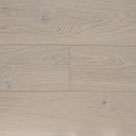 Light
Light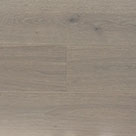 Grey
Grey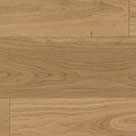 Natural
Natural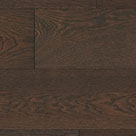 Dark
Dark White
White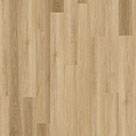 Light
Light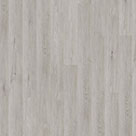 Grey
Grey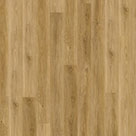 Natural
Natural Dark
Dark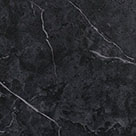 Black
Black